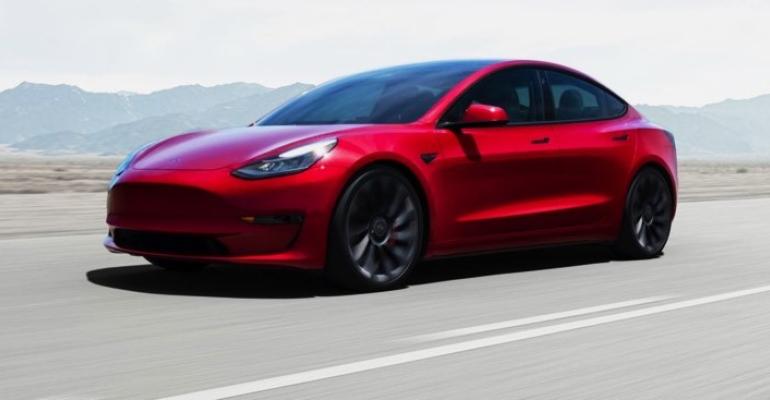Five years ago, in 2018, I wrote a column in this space titled “The Impending EV Fiasco.” Here is word for word what I wrote then, followed by an updated analysis:
“Over the next three to four years, more than 100 BEV models could go on sale, up from 12 today. They will attract some attention, but once most shoppers look at the sticker prices or discover the monthly lease payments, they’ll move on to something more affordable.
“Since automakers are mandated to sell specific percentages of BEVs or face stiff fines, they’ll be forced to offer big discounts. They will lose a lot of money.
“Dealers will be reluctant to order more BEVs because they don’t want to get stuck with slow-selling models that need massive support from the factory.
“Residual values will plummet, as we’ve already seen happen with BEVs, because there is even less demand for them as used cars. Anyone who purchases a BEV will be horrified at how fast it depreciates. And because residual values determine lease payments, the lease rates on new BEVs will shoot up, unless the factory runs in to subsidize them, and lose even more money.
“Meanwhile the media will pounce on how much money the car companies are losing on electric cars. They’ll run stories on how BEV sales are missing their targets. And they’ll discover the abysmal resale value of these cars. It won’t take long before most of the country believes BEVs are a bad choice and best avoided.
“And that would be bad. BEVs have an important role to play for the auto industry, for consumers and for society in general.
“In another decade or so they stand a good chance of being affordable and practical. But in the next four years, not so much.
“Once the public forms an opinion about a product it is almost impossible to change. And the reality is that in the next four years consumers will encounter BEVs that are expensive, slow to recharge and have limited driving range.”
That’s what I wrote then. Five years later, I don’t think I’d change a word. But I do have an update to my outlook.
The only thing that can save any automaker building EVs today is to hit a given level of manufacturing scale. It’s an easy formula. Scale = Profit. And that’s where the industry finds itself today, in a race to scale. But what’s the magic number that’s needed to hit scale? Maybe Tesla can give us a hint.
Remember, Tesla lost money for over a decade. It lost billions of dollars. But then it hit scale, turned the corner and never looked back. It’s now one of the most profitable car companies in the world.
The car that saved Tesla was the Model 3, because that’s the car that gave Tesla the scale it needed. Tesla did not start making a net profit until it started building 80,000 cars a quarter (in mid-2019), with 50,000 of them being the Model 3.
Now, that’s what Tesla needed to do. Obviously, different automakers are going to have different break-even points, depending on their overhead costs and the selling price of their vehicles. But it’s unlikely anyone else is going to make a profit until they start selling more than 50,000 EVs of the same model every quarter. Or maybe they can do it with a couple of models that are built on the same platform and use the same components. But they’ll still have to hit that number.
Right now, I believe only three of the major automakers are doing that: BYD, Tesla and the Volkswagen Group. We know BYD and Tesla are profitable, and maybe the VW Group is too, but we don’t know for sure because VW doesn’t break out its EV earnings. And even at that, this includes EVs from Audi, Cupra, Porsche, SEAT, Skoda and VW. So even though VW Group is posting decent overall sales numbers, it’s spread across six brands, which slices the pie fairly thinly.
 Selling 50,000 EVs of the same model every quarter is going to be a daunting challenge for legacy automakers. But unless and until they achieve that, they’re going to continue to face an EV fiasco.
Selling 50,000 EVs of the same model every quarter is going to be a daunting challenge for legacy automakers. But unless and until they achieve that, they’re going to continue to face an EV fiasco.
John McElroy (pictured, left) is the president of Blue Sky Productions, which produces “Autoline Daily” and “Autoline After Hours” on www.Autoline.tv and the Autoline Network on YouTube. The podcast “The Industry” is available on most podcast platforms.




